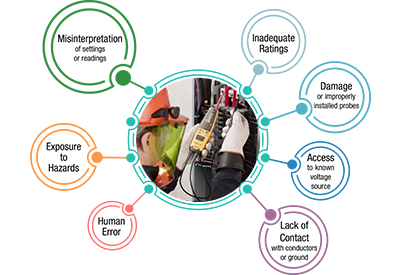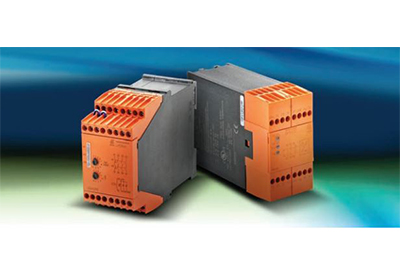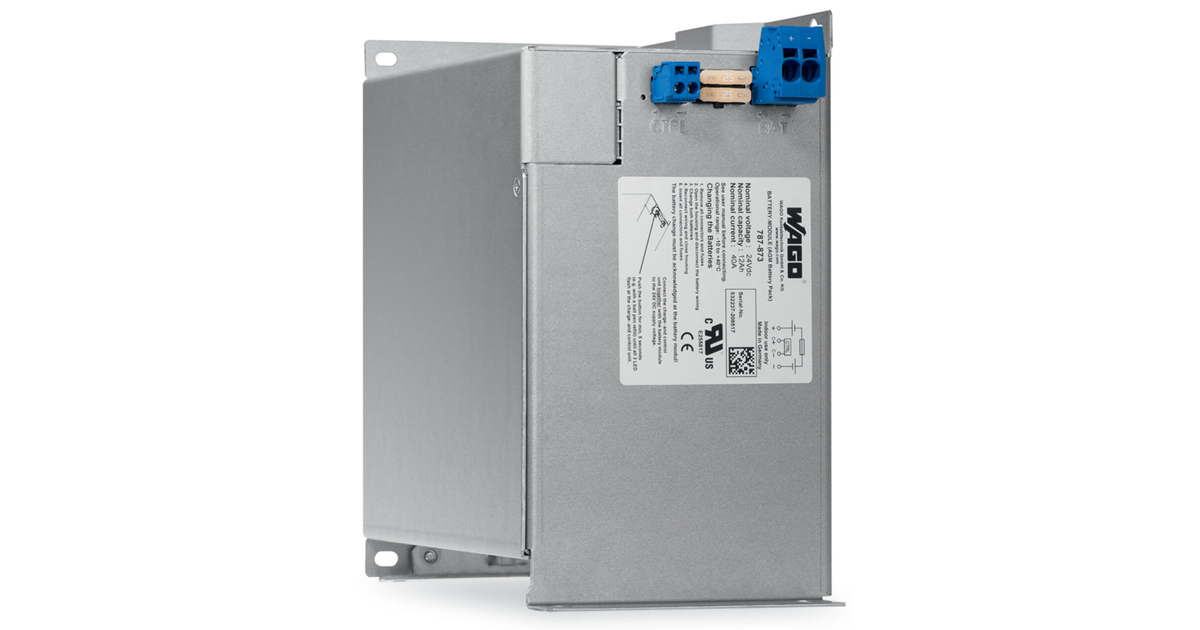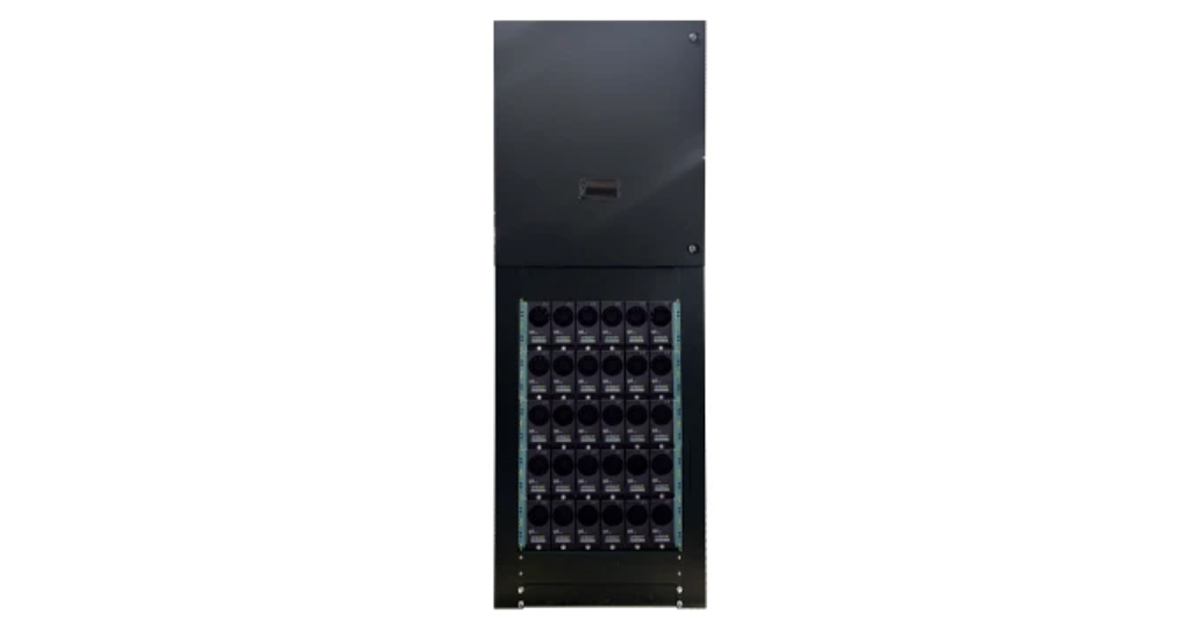Voltage Testing Traps: Portable Testers Have Risk

June 14, 2021
By Pamela Ten Hoven, Integrated Marketing Manager for Safety and Control Panel, Panduit
As you can see, any process this complex and time-consuming has many risks associated with it. There are many opportunities for mistakes and human error to occur – and when you’re dealing with electrical hazards, mistakes can result in serious injury or even death.
What are the risks with portable testers?
- – Exposure to hazards while testing and verifying the operation of the tester
- – Risk of using a portable tester that is incompatible with equipment ratings
- – Probes and leads must be inserted correctly in the tester and inspected before each test for damage
- – Portable testers use a manual process that is susceptible to interruptions, inconsistencies, and human error
- – Readings or settings can be incorrect at the time of the test or misinterpreted
- – Phase-to-ground and phase-to-phase tests require good contact between the tester and test point
Fred Manuele, an independent research professional and author of safety management publications, is quoted regarding the EU Framework Directive of 1989, “Risk assessment is the cornerstone of the European approach to prevent occupational accidents and ill health. If the risk assessment process – the start of the health and safety management approach – is not done well or not at all, the appropriate measures are unlikely to be identified or put in place.”
It is interesting to note Manuele’s statement regarding the criticality of a proper risk assessment is a core concept that is also shared in the hierarchy of controls system. In order to determine mitigation opportunities, the real hazards and their associated severity must be identified. The hierarchy of controls, a tool often used in a Prevention through Design approach, then provides a systematic method of mitigating the identified workplace hazards. As represented in the graphic, Elimination (physically remove the hazard) appears at the top of the pyramid and corresponds with being the most effective hazard prevention method. Substitution (replace the hazard), Engineering Controls (isolate people from the hazard), Administrative Controls (change the way people work), and PPE (protect the worker with Personal Protective Equipment) follow Elimination in descending order from most effective to least effective, respectively.
It is well documented that there are still incidents occurring using the traditional methods while testing for the absence of voltage. It should be a priority for any industrial operation, to consider methods to mitigate the risks associated with voltage testing. While many workers will comment, “…I trust my portable test device…”, we should recognize this method is a combination of PPE and Administrative Controls.
We should ask ourselves, using the methodology of Prevention through Design, are there ways to mitigate the electrical hazards while voltage testing that may be more effective? Perhaps a technology resulting in an automated process that will move this task up the hierarchy to an engineering control?
![]()











